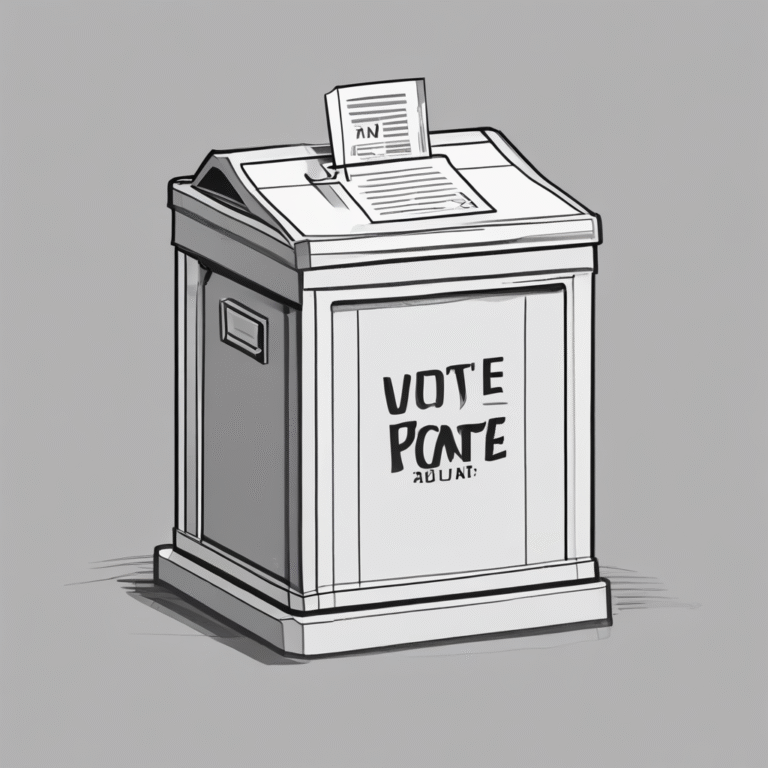AI in Political Advertising: State Laws and Compliance Risks
As state governments take the lead on regulating the use of artificial intelligence (AI) in political advertising, a new landscape is emerging that imposes distinct obligations on campaigns, committees, vendors, and platforms operating across different jurisdictions. This article examines the key aspects of these regulations, the challenges they pose, and the implications for political advertisers.
New Legal Obligations
States are increasingly enacting their own laws regarding AI in political advertisements, primarily focusing on two critical areas:
- Requiring disclaimers or disclosures when synthetic content is utilized in ads.
- Limiting the distribution of AI-generated content close to election dates.
As of now, at least 26 states have implemented laws that govern these practices, with more expected to follow suit. For instance:
- Texas prohibits the publication of deepfake videos intended to influence voters within 30 days of an election.
- Michigan mandates disclaimers for robocalls and political ads produced with generative AI.
- Utah requires synthetic media meant to influence voters to include a disclaimer along with tamper-resistant digital content provenance.
Compliance Risks
The introduction of these laws presents significant compliance risks for political advertisers, vendors, and platforms. Noncompliance can lead to severe consequences, including:
- Civil or criminal liability
- Takedown demands
- Reputational harm
As the enforcement landscape evolves, organizations involved in political advertising must proactively manage risk and adapt to these changing regulations.
Judicial Challenges
Many of these laws are already encountering constitutional challenges in courts. For example:
- In Minnesota, a challenge to the state’s deepfake ban raised concerns about the First and 14th Amendments and vagueness.
- In California, a law aimed at restricting AI-generated deepfake content was struck down in federal court earlier this year.
These legal disputes not only influence the survival of current laws but also affect how aggressively other states pursue similar regulations.
A Patchwork of Obligations
The result is a complex patchwork of obligations that advertisers, vendors, and platforms must navigate. The implications of these laws are far-reaching, affecting:
- The wording and placement of disclaimers
- Imposed duties for takedown or labeling of content
- Potential criminal or civil liabilities
To comply with these diverse regulations, advertisers will need to build robust compliance systems tailored to state-by-state requirements. Vendors producing creative content may need to certify the use of AI tools, while platforms might be required to label, remove, or archive AI-generated material as elections approach.
Conclusion
With regulators, litigants, and the media closely monitoring the situation, organizations engaging in political advertising across multiple states must implement proactive policies to manage risk and avoid costly disputes. As this regulatory landscape continues to evolve, staying informed and compliant will be essential.










